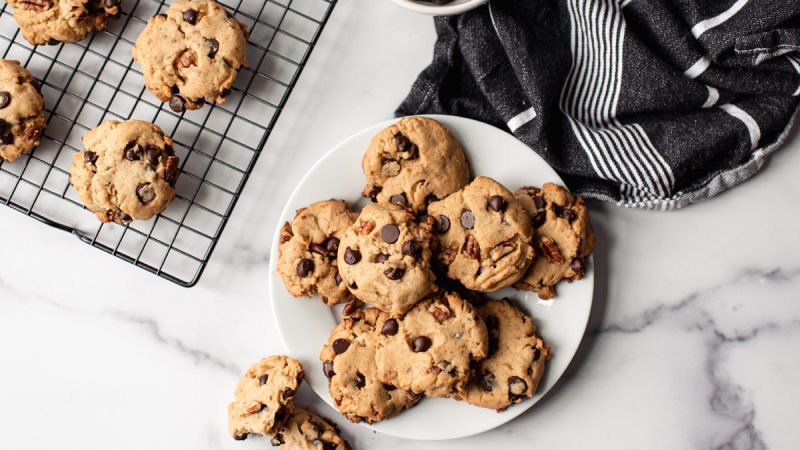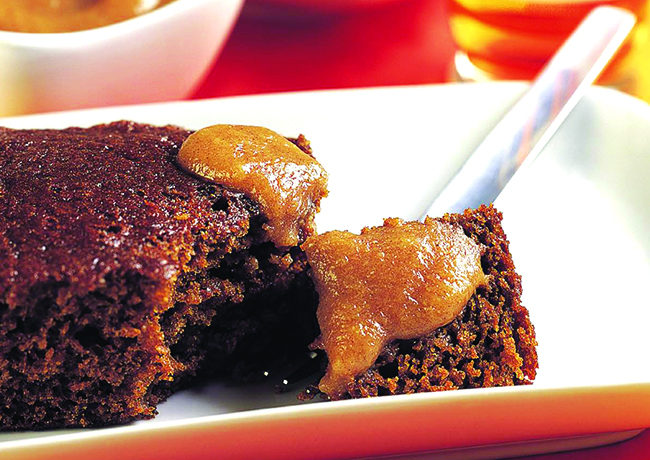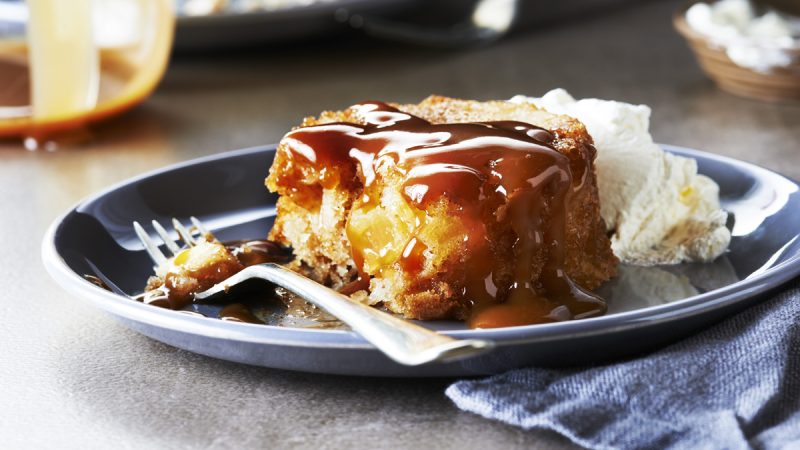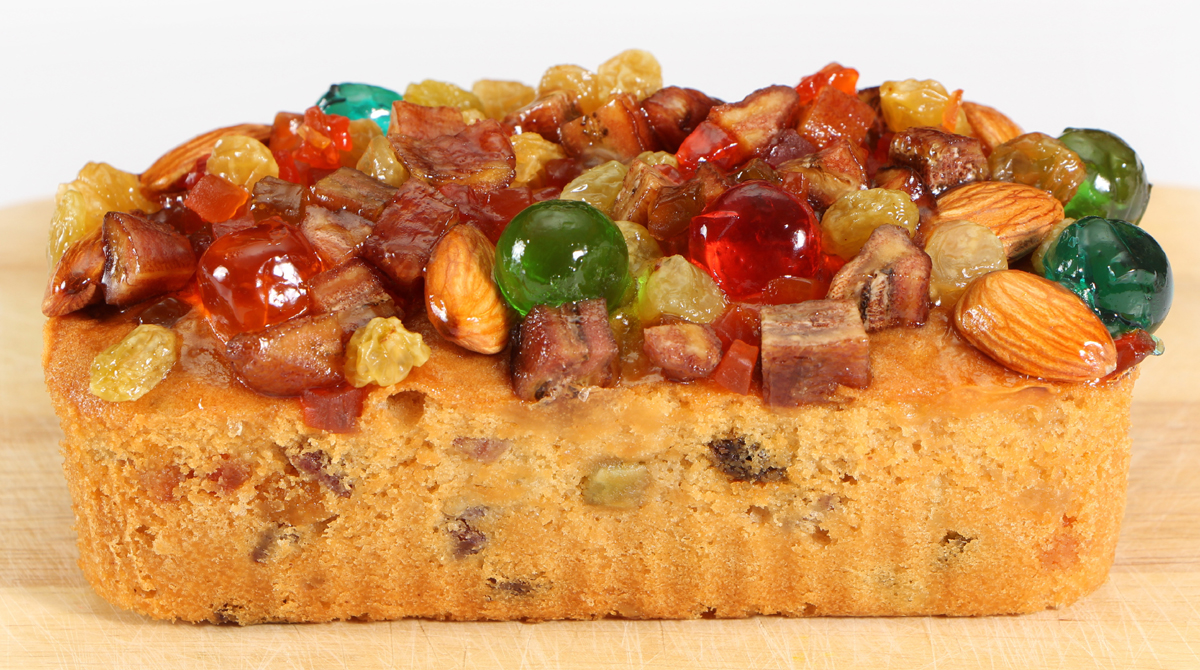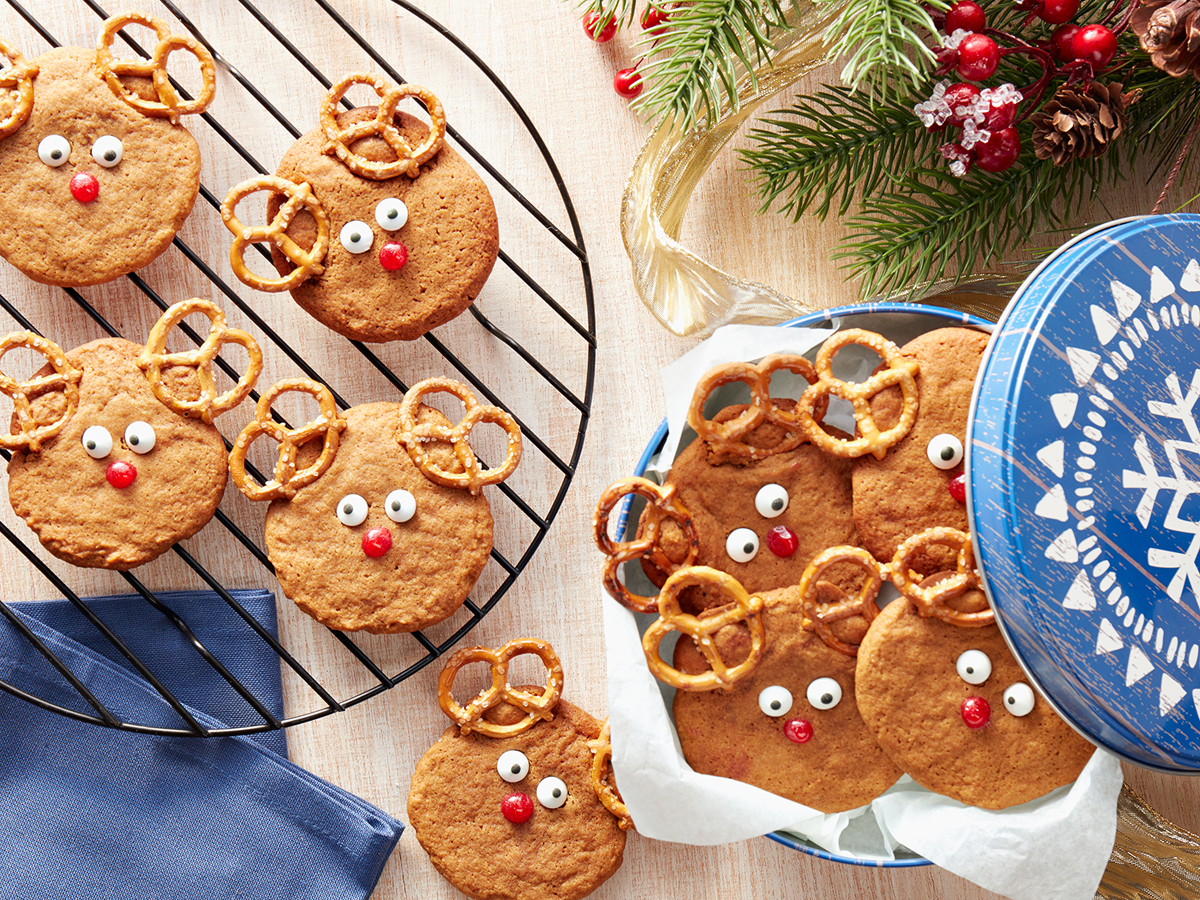6 Tips for Perfect Homemade Hard Candy
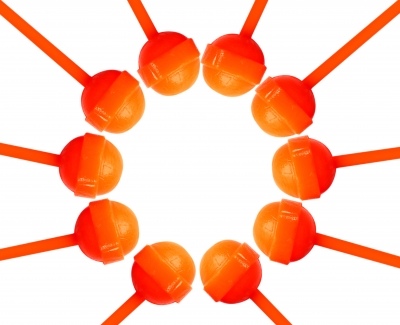
There’s nothing better than the juicy, flavorful hard candy from your local gourmet candy shop…unless you make it yourself, that is! Making perfect hard candy at home is easier than you think. You just need the right tools, a few simple ingredients, and your imagination.
Try these tips the next time you want to make something special in the kitchen. Your family will love it!
1. Stock up on basic candy making tools.
You’ll need a medium-size saucepan (3 or 4 quarts) with a heavy bottom and straight sides.
You’ll also need a long-handled wooden spoon, a pastry brush (used to brush off any crystals that might form), and a good candy thermometer with a metal clamp that attaches to the side of your saucepan.
2. Get the weather forecast.
Did you know that humidity has an enormous effect on the outcome of your hard candy? Because sugar attracts water, rainy days can wreak havoc on even your best attempts at homemade delicacies. Make it easier on yourself—wait for a clear, dry day to try out your recipes.
3. Test your thermometer.
Test your thermometer by placing it in a pan of water and bringing it to the boiling point. It should now register 212 degrees at sea level. If it registers 214 degrees, you can correct it by adding two degrees to those given in the recipe; if 210 degrees, by subtracting. If it’s more than a few degrees off in either direction, you need a new thermometer.
4. Use fresh ingredients.
Sugar is the most basic ingredient in hard candy. Be sure to use a new package of sugar each time you make your recipes to ensure that the sugar hasn’t been contaminated by other common kitchen ingredients.
If your recipe calls for butter, be sure to use the unsalted variety. Salted butter and margarine can adversely effect the cooking time, texture, and taste of your efforts.
5. Go easy on the food coloring.
Colors like green and yellow look much more appetizing when they’re applied lightly, so be sure to add food coloring gradually. You can slowly add more until you reach the intensity you want.
6. Use the proper storage techniques.
After cooling your candies, store them in air tight jars without wrapping them first. Never store hard candy in the same container as desserts that lose moisture, such as fudge.
Ready to begin? Try this basic hard candy recipe—-and have fun!
Basic Hard Candy Recipe
- 2 cups sugar
- 3/4 cup water
- 2/3 cup light corn syrup
- Flavoring and coloring to taste (just a few drops will do)
Measure 2 cups sugar, 2/3 cup light corn syrup and 3/4 cup water into a saucepan and blend together. Place over low heat and stir until mixture boils. Cover the saucepan for 5 minutes so that any sugar crystals that have formed on the sides of the pan will be washed down. Now put in the candy thermometer and let the candy boil without stirring. Using a pastry brush or a fork wrapped with muslin and dipped in water, wash off any crystals that might form. After the candy reaches 280 degrees, lower heat so as not to discolor the candy. When candy thermometer registers 300 degrees, remove pan from the heat and allow it to stand until all the bubbles have simmered down.
Then add the flavoring and coloring. There are many to choose from but one favorite is anise along with red coloring. One teaspoon of a flavoring extract should be used for this recipe, while only a few drops of an oil such as peppermint, wintergreen or cinnamon are enough.
Coloring should be added gradually until the desired intensity is reached. It is important to stir these in as gently as possible. Too much stirring will cause the syrup to solidify into a hard sugary lump. Now the candy is ready to be formed. It may be poured into a pan, 7 by 7 inches, and marked into squares as it begins to harden. Or it may be poured in rounds on skewers or sticks to form lollipops.
The Author:
Vanessa Kirkland is publisher of the cherished recipe collection, “Candymaking Secrets,” by Virginia Pasley. This long-lost collection includes 67 vintage recipes for making delicious old-fashioned candies at home without a single cooking class.
Photo. Nuchylee


